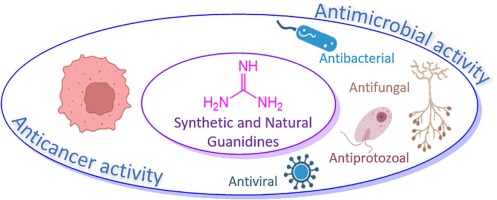
### Major Advancement in Anticancer Compound from Marine Sources Opens New Pathways for Drug Development
In an exceptional breakthrough, a group of researchers from Japan has revealed the intricate molecular structure of *iriomoteolide-1a*, a powerful anticancer agent discovered in marine life surrounding Iriomote Island, Okinawa. This significant finding, published in the *Journal of the American Chemical Society*, is set to hasten the creation of innovative cancer therapies, representing a landmark achievement following years of international scientific endeavors to decipher this mysterious molecule.
#### The Convergence of Marine Science and Cutting-Edge Chemistry
The compound *iriomoteolide-1a* originates from marine dinoflagellates, minute planktonic entities known for their production of bioactive substances. Found in the waters encircling Iriomote Island, these microorganisms have intrigued scientists for their capability to synthesize highly complex molecules with therapeutic prospects.
What distinguishes *iriomoteolide-1a* is its remarkable efficacy in thwarting cancer cell proliferation at nanomolar levels, highlighting its potency in extremely small doses. Nonetheless, the compound’s profoundly complex molecular design presented a significant hurdle that hindered researchers globally for over ten years.
#### The Story Behind the Discovery: A Collaborative Endeavor
Spearheading the project were Professor Haruhiko Fuwa from Chuo University and Professor Masashi Tsuda from Kochi University. Their novel strategy integrated three sophisticated methodologies to elucidate the compound’s structure:
1. **NMR Spectroscopic Analysis:** This technique mapped out the molecule’s architecture by examining the interactions of its atoms with magnetic fields.
2. **Theoretical Calculations:** Sophisticated computational modeling was employed to forecast molecular configurations and reduce the extensive list of possibilities.
3. **Total Synthesis:** The researchers synthesized the compound in lab settings to verify and validate the inferred structure.
Initially confronted with over 4,000 potential stereoisomers (variations of three-dimensional atomic formations), the team meticulously narrowed this figure down to four viable configurations. By harmonizing various approaches, they successfully determined the precise stereostructure of *iriomoteolide-1a* and also identified the structure of its close relative, *iriomoteolide-1b*.
#### The Significance of This Discovery
This milestone is more than just resolving a molecular enigma—it establishes a foundation for future research and development of cancer medications. With the molecular code of *iriomoteolide-1a* now deciphered, researchers can explore how this compound interacts with cancer cells in greater depth. These revelations are poised to facilitate the creation of customized derivatives with improved therapeutic traits, potentially transforming cancer treatment paradigms.
Additionally, this discovery marks a pivotal shift in addressing similarly intricate natural compounds. The cohesive methodologies crafted during this study could streamline the examination of other bioactive substances, enhancing global drug discovery initiatives and accelerating the transition from marine biology to clinical applications.
#### A New Chapter in Marine-Derived Pharmaceuticals?
Natural substances from marine life have consistently served as a rich source for drug development. From analgesics to antibiotics and anticancer agents, the ocean harbors vast pharmaceutical possibilities. Yet, their intricate nature often restricts their practical deployment in medicine, as analyzing and replicating their distinctive structures demands groundbreaking advancements in both technology and techniques.
The research conducted by Professors Fuwa, Tsuda, and their colleagues presents an encouraging model for navigating these challenges. By fusing experimental and computational methodologies cohesively, they have shown that even the most elusive compounds can eventually disclose their secrets through the right multidisciplinary approach.
#### The Path Forward
While the determination of *iriomoteolide-1a*’s structure signifies a major achievement, significant work remains ahead. Researchers need to undertake preclinical and clinical trials to evaluate the compound’s safety, effectiveness, and mechanisms of action within therapeutic settings. Additionally, synthetic enhancements could optimize its characteristics, yielding drugs that are both powerful and suitable for widespread production.
Nonetheless, this finding epitomizes a crucial advancement in translating nature’s molecular brilliance into tangible health advancements. As the ocean continues to unveil its biochemical marvels, optimism persists for further breakthroughs that might revolutionize our strategies against some of the most daunting diseases.
—
### Glossary Recap:
– **Dinoflagellate:** Minute marine organisms that are capable of producing bioactive compounds with medicinal value.
– **NMR Spectroscopy:** A method employed to establish a molecule’s structure through the observation of atomic interactions under magnetic fields.
– **Stereostructure:** The three-dimensional arrangement of atoms in a molecule, which critically influences its biological effectiveness.
—
Those interested can keep up with these developments by subscribing to newsletters like [Science Blog](https://scienceblog.substack.com), which covers the latest scientific discoveries that shape our comprehension of the world.